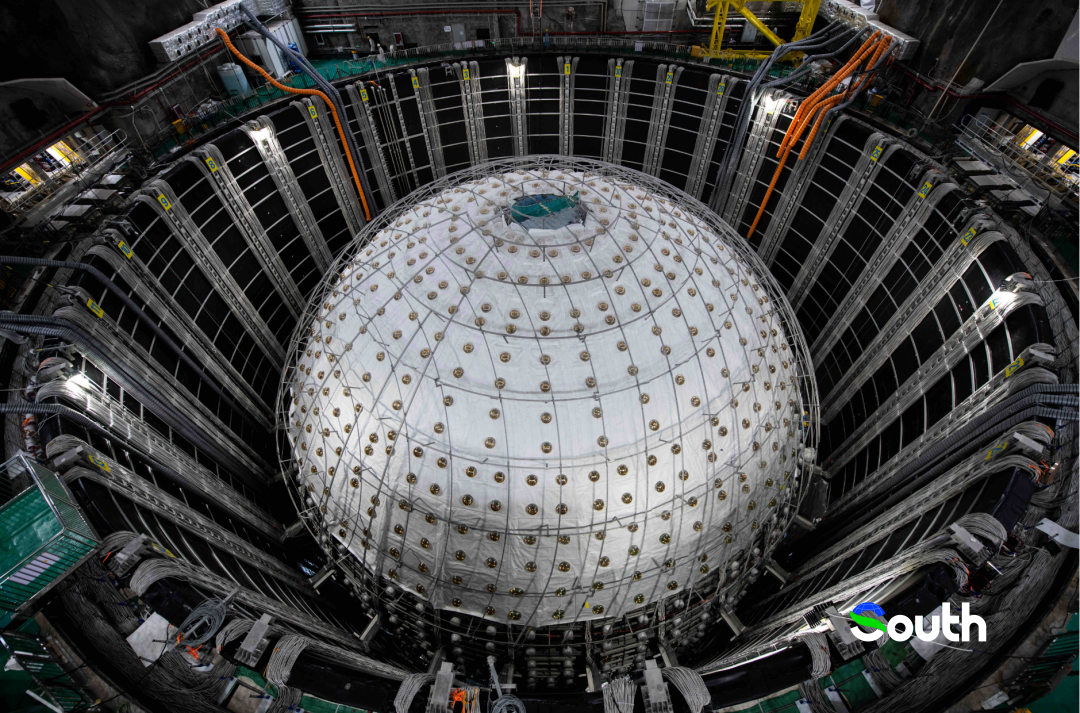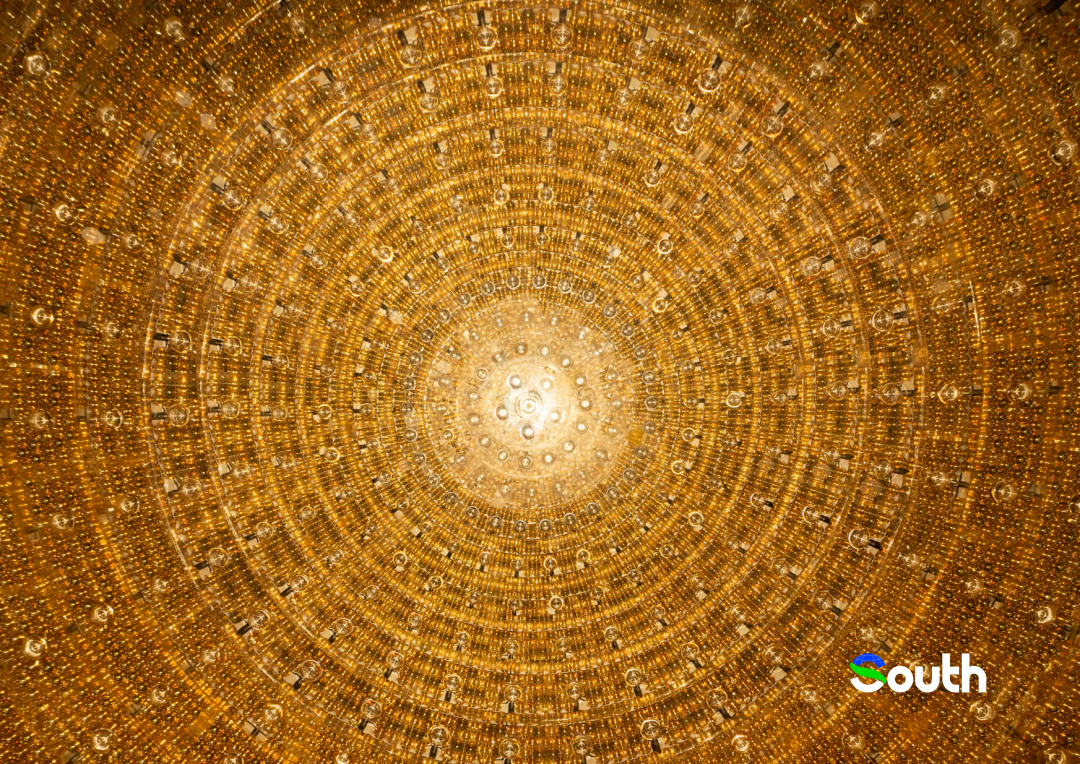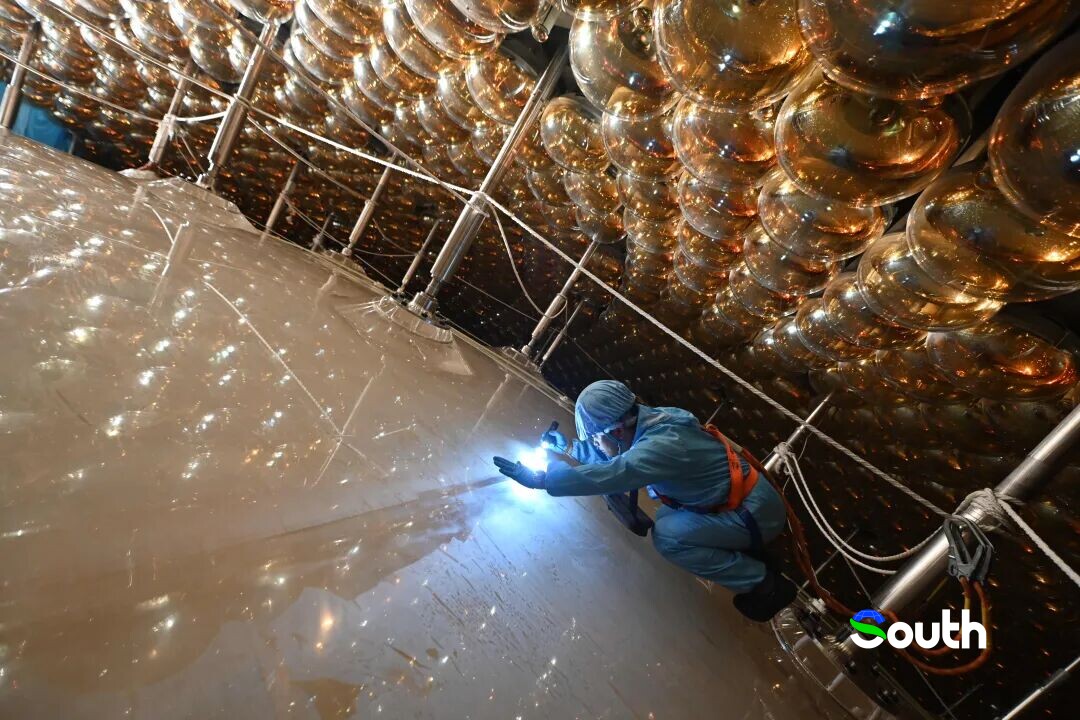The Jiangmen Underground Neutrino Observatory (JUNO) has announced its first scientific results, achieving unprecedented precision in measuring two key parameters governing neutrino oscillations. The findings, released on November 19, demonstrate a remarkable advancement in both speed and accuracy for the international project.

In just 59 days of data collection, starting officially on August 26, the JUNO experiment has made significant progress in measuring two key properties of neutrinos, tiny particles from the sun. The accuracy of these measurements is now 1.5 to 1.8 times better than the best earlier results from other scientific teams, results that took those teams between 10 and 20 years to achieve.
"This exceptionally high-precision measurement, accomplished by JUNO in merely two months, confirms that the detector's performance fully meets, and even exceeds, its design expectations," said Professor Wang Yifang, spokesperson for the JUNO experiment and Academician of the Chinese Academy of Sciences (CAS), expressing his excitement at the results release ceremony.
Neutrinos are fundamental particles, and their study is crucial for understanding the universe's fundamental laws. A key behavior of neutrinos is "oscillation," where they transform between different types. Describing this phenomenon requires precise measurement of six oscillation parameters. JUNO's rapid and precise measurement of two of these parameters marks a significant milestone.
This unprecedented precision will enable scientists to soon determine the neutrino mass ordering, rigorously test the three-flavor neutrino oscillation framework, and search for new physics beyond the current standard model.

JUNO is the world's first next-generation, ultra-large-scale, ultra-high-precision neutrino experiment, acting as a "super eye" for observing neutrinos. The experiment also confirmed the existence of a "solar neutrino deficit," a discrepancy between previous measurements using solar neutrinos and reactor antineutrinos, potentially hinting at new, undiscovered physics.
Located 700 meters underground, JUNO's core is a 20,000-ton liquid scintillator detector housed inside a 35.4-meter-diameter acrylic sphere. This central detector, surrounded by 45,000 photomultiplier tubes within a massive stainless-steel structure, forms an ultra-sensitive neutrino detection system. Initial data confirms that the detector's key performance indicators are at or beyond design specifications.
With its planned 30-year operational lifespan, JUNO will not only focus on determining the neutrino mass ordering but also conduct precise measurements of other oscillation parameters, study solar, supernova, atmospheric, and geo-neutrinos, and search for new physics. It is also designed to be upgradeable for neutrinoless double beta decay experiments.

Author | Jiang Chang
Photo | Nanfang Plus
Editor | Liu Lingzhi, James Campion, Shen He
















